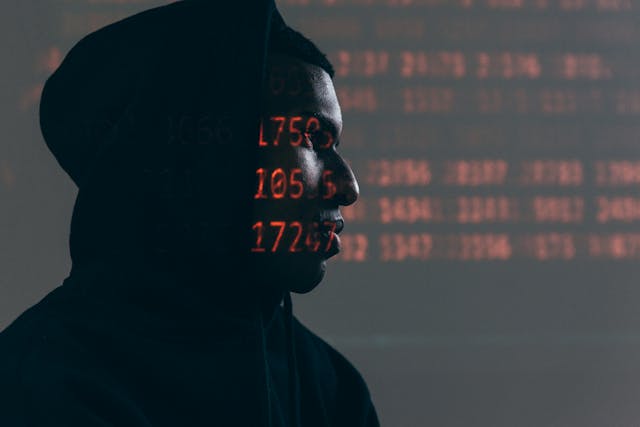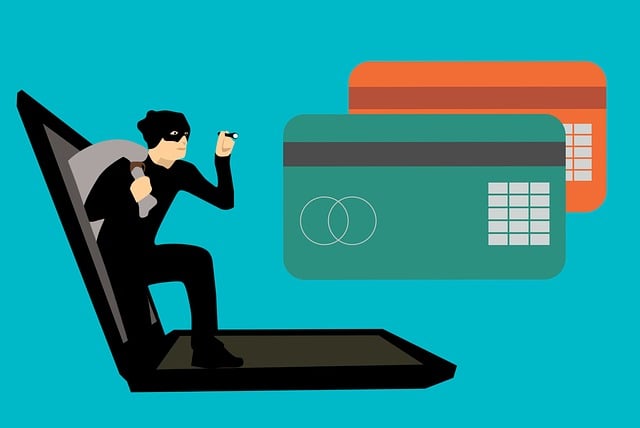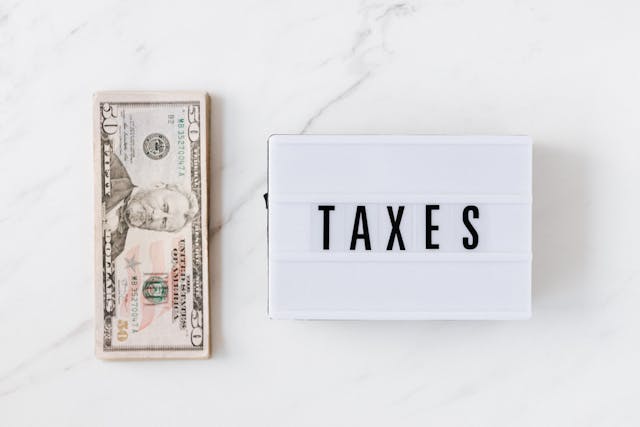
MFA ( Multi-Factor Authentication ) is the quickest and easiest method to verify individuals are who they say they are. Instead of relying solely on an email address and a password, it functions by requesting confirmation from users for several factors. Authentication factors include things like your password, your device, or a security key. They can also include things like your personal fingerprint (biometrics), your location, or the degree of access you have based on adaptive policies.
However, not all MFA solutions are the same. Some vendors only offer the bare minimum necessary to comply with regulatory requirements, including high unstated deployment, operation, and upkeep costs. Additionally, many conventional solutions are cumbersome, prone to errors, and need intensive user support, costing your workers time and Productivity.
What Is Multi-Factor Authentication?

Multi-Factor Authentication (MFA) provides a crucial additional layer to logging into your organization’s network beyond a single password; a hacker would not have access to this. This might be
- Through a code sent via SMS or a email.
- Getting a mobile authentication software.
- Either a facial scan or a fingerprint.
- A number that can be found on a physical key card.
MFA is a successful and tested method of enhancing security and defending against account-compromising assaults.
Authentication Methods
In addition to MFA, there are two other kinds of authentication:
- SFA, or single-factor authentication, only needs a single piece of data, like a username and password. This is the least secure.
- Two pieces of information are required for two-factor authentication. (2FA). 2FA is an example of an MFA requiring multiple pieces of knowledge. But unlike MFA, it never calls for more than two variables.
Because MFA has the most lines of protection against hackers, it is safer and more secure than either of these other approaches.
Reasons Your Business Should Have MFA
1. Prevent Revenue Losses

Even with the quickest reaction to a cyberattack, there may still be serious consequences because prevention is always preferable to treatment. Downtime can cost SMBs between £68,000 and £320,000 an hour in lost revenue due to company disruption.
After a cyberattack, customers will lose trust in a company. According to IBM, an average of 56% of customers will cease doing business with a company that has experienced a cyber-attack. Sixty percent of small companies won’t bounce back from a cyberattack.
2. Avoid Using Weak Passwords

Passwords can be annoying, and many people struggle to recall them. Please choose a simple password to remember and use it consistently across all your accounts.
According to Nordpress, the most popular passwords worldwide are still “123456,” “password,” and “qwerty.” Some businesses’ password policies mandate stronger passwords and routine password updates. The same workers, however, are also more likely to forget their passwords due to this. Users can sign in securely and quickly using a variety of ways with MFA, eliminating the need to change complex passwords frequently.
3. Protect Yourself from Credential Theft

Even with the strictest password rules, attackers can still find methods to steal passwords, so you shouldn’t just be concerned about weak passwords. Cybercriminals can use phishing techniques, keylogging malware, or malicious code to send users to a fake website where they can log in. This practice is known as pharming.
Passwords may also be compromised if a cybercriminal succeeds in obtaining data by hacking into another organization where users have accounts; this is known as a supply chain assault. The use of the same password by the users for all of their profiles makes this situation more complicated.
4. Unmanaged Secure Remote Devices
Working online and utilizing hybrid tools are still prevalent and are not waning. However, workers frequently access company networks using personal devices and less secure home internet connections. Hackers can secretly install malware that steals credentials on networks and unmanaged devices. For employees who require remote access, MFA allows a secure log-on.
Personal devices frequently don’t have the same level of security implemented as company-owned devices, making it possible for hackers to compromise a router and install malware on a user’s computer that steals passwords. This implies that these attacks frequently go undetected until the attacker gains entry into the organization’s network, which is too late. When MFA is used, organizations no longer need to be concerned about remote workers’ security devices and Wi-Fi networks.
5. Increases Productivity
Some workers may find it difficult to remember numerous passwords, and if they do, it may prevent them from using the tools or resources they need to conduct business. Businesses can use MFA to implement stricter password policies while allowing workers to sign in using the best method. Having MFA enabled ensures employees secure remote access to a company’s network, allowing employees to complete tasks as soon as necessary and being a more convenient and secure method of signing into services.
Businesses should bolster their defence against these attacks as cyber attackers develop more sophisticated and cunning methods of breaching systems to protect the company and their employees. MFA is easy to implement and won’t break the bank, providing straightforward and efficient protection for users and the company.
Bottomline
It’s simple to think of this authentication as a reliable defence against online assaults, but in reality, it’s just another weapon in your security toolbox. It’s crucial to remember that while two-factor verification offers additional security, it is not infallible.
It’s best practice to keep up with the most recent security trends when preventing data breaches and to modify your strategy as necessary. In the same way, your company employs firewalls, anti-spam filters, and antivirus software, multi-factor authentication should be included.
In light of today’s security threats, protecting your customer data and proprietary information from outside intruders is a basic precaution.






2 thoughts on “5 Reasons to Opt Multi-Factor Authentication for Your Business”